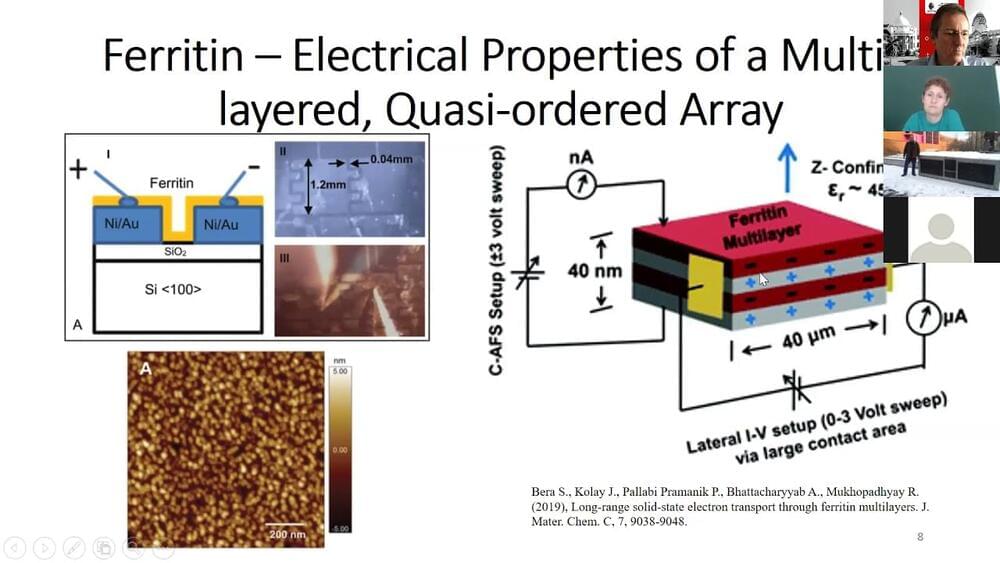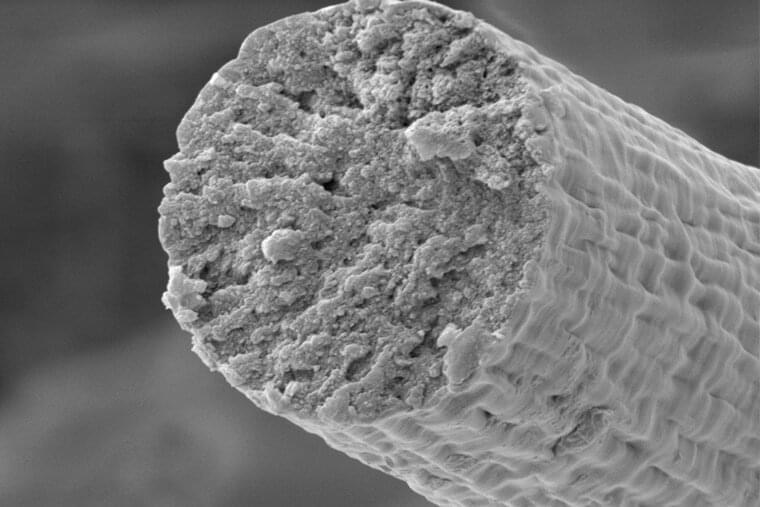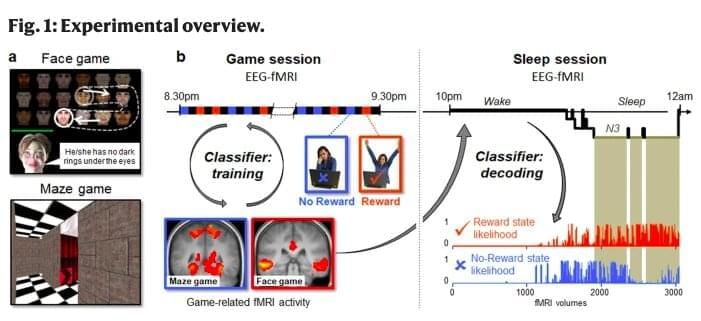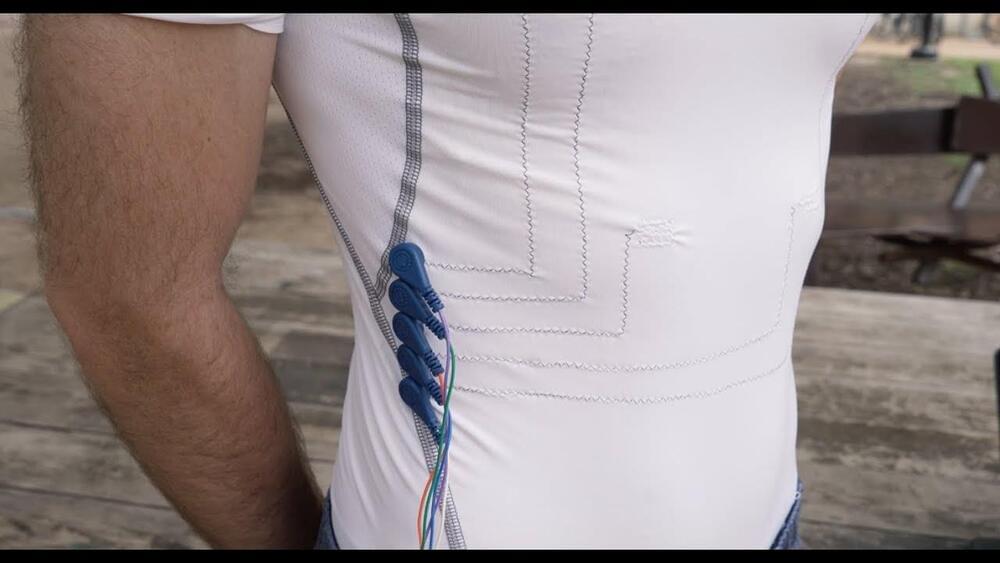Aug 31, 2021
Young visually impaired Southampton fans finally see football clearly thanks to Virgin Media
Posted by Joaquín Alvira Enríquez in category: wearables
Two young visually impaired Southampton fans were finally able to be mascots and watch their beloved Saints in action against Manchester United at the weekend thanks to life-changing wearable technology provided by Virgin Media.
Florence and Joshua both experience issues with their eyesight, meaning that they have never been able to clearly see their favourite team play. Back in March 2,020 Virgin Media gave them cutting-edge technology before they were due to take on the role of mascots for the game against Manchester City.


















